Labgro-100 Tablet 10's


MRP ₹169
(Inclusive of all Taxes)
₹25.4 Cashback (15%)
Provide Delivery Location
Online payment accepted
 Prescription drug
Prescription drugWhats That
Composition :
Manufacturer/Marketer :
Consume Type :
Return Policy :
About Labgro-100 Tablet 10's
Labgro-100 Tablet 10's belongs to the blood pressure-lowering medications called 'beta-blocker' used to treat hypertension (high blood pressure). Additionally, Labgro-100 Tablet 10's is used to control high blood pressure in pregnancy and during anaesthesia. High blood pressure is a condition in which the blood exerts elevated pressure on blood vessel walls, leading to various cardiovascular complications like the risk of heart attack and stroke in the future.
Labgro-100 Tablet 10's contains 'labetalol' that works by blocking the receptors in the cardiovascular system, this helps decrease the blood pressure in the blood vessels. Labgro-100 Tablet 10's helps the heart to beat slower with less force. It also relaxes and widens the blood vessels, this makes it easier for the heart to pump blood to all parts of the body. Thereby, helps in lowering the raised blood pressure and reducing the overload of the heart.
You are advised to take Labgro-100 Tablet 10's for as long as your doctor has prescribed it for you depending on your medical condition. In some cases, you may experience certain common side-effects such as dizziness, drowsiness, nausea, vomiting, swelling, and headache. Most of these side-effects do not require medical attention and will resolve gradually over time. However, you are advised to talk to your doctor if the side-effects persist or worsen.
Please do not stop taking Labgro-100 Tablet 10's on your own as it may cause a sudden increase in blood pressure. Consult your doctor if you are pregnant or breastfeeding. Labgro-100 Tablet 10's is not recommended for children as efficacy and safety have not been established. Avoid consuming alcohol as it might interfere with the working of Labgro-100 Tablet 10's. Inform your doctor about all the medicines you are taking and your health condition to rule out any unpleasant side-effects.
Uses of Labgro-100 Tablet 10's
Directions for Use
Medicinal Benefits
Labgro-100 Tablet 10's belongs to the anti-hypertensive medicines called beta-blocking agents used to treat hypertension (high blood pressure) and angina (chest pain). Labgro-100 Tablet 10's is also used to control high blood pressure in pregnancy and during anaesthesia. Labgro-100 Tablet 10's works by blocking the receptors in the cardiovascular system, this helps decrease the blood pressure in the blood vessels. Labgro-100 Tablet 10's helps the heartbeat slower with less force and relaxes, and widens the blood vessels, this makes it easier for the heart to pump blood to all parts of the body. Thereby, helps in lowering the blood pressure to normal.
Storage
Drug Warnings
Do not take Labgro-100 Tablet 10's if you are allergic to any of its contents, if you have heart problems, low blood pressure, extremely slow heart rate, prinzmetal angina, asthma or obstructive airway disease or adrenal gland tumour. Inform your doctor if you have reduced liver or kidney function, Raynaud's syndrome, intermittent claudication, diabetes, overactive thyroid, heart problems, metabolic acidosis, pheochromocytoma (tumour in the adrenal gland), ischaemic heart disease, lung problems or if you are due to have any surgery. Consult your doctor if you are pregnant or breastfeeding. Labgro-100 Tablet 10's is not recommended for children as efficacy and safety have not been established. Rise slowly from lying/sitting position as Labgro-100 Tablet 10's may cause dizziness (postural hypotension).
Drug-Drug Interactions
Drug-Drug Interactions
Login/Sign Up
Taking Labgro-100 Tablet with Bitolterol may reduce the action of both the medications. Labgro-100 Tablet can sometimes cause narrowing of the airways, which may worsen your breathing problems or trigger severe asthmatic attacks.
How to manage the interaction:
There may be a possibility of interaction between Labgro-100 Tablet and Bitolterol, but it can be taken if prescribed by a doctor. However, If you notice any symptoms like asthma, breathing problems, consult the doctor right away. Do not stop using any medications without talking to a doctor.
Co-administration of Labgro-100 Tablet and Verapamil can increase the risk of side effects.
How to manage the interaction:
Although taking Labgro-100 Tablet and Verapamil together can result in an interaction, it can be taken if a doctor has prescribed it. However, if you experience fatigue, swelling of the extremities, shortness of breath, chest pain, increased or decreased heartbeat, consult a doctor. Do not discontinue any medications without a doctor's advice.
Co-administration of Leflunomide may cause liver issues, and using it with Labgro-100 Tablet which might potentially have a side effect on the liver may increase the risk.
How to manage the interaction:
Although taking Labgro-100 Tablet and Leflunomide together can result in an interaction, it can be taken if a doctor has prescribed it. However, if you have any of the following symptoms: fever, chills, joint pain or swelling, unusual bleeding or bruising, skin rash, itching, fatigue, loss of appetite, stomachaches, nausea, vomiting, dark urine, light stools, yellowing of the skin or eyes, consult a doctor. Do not discontinue any medications without a doctor's advice.
Co-administration of Labgro-100 Tablet and formoterol together could decrease the effects of both medications.
How to manage the interaction:
Although taking Labgro-100 Tablet and Formoterol together can result in an interaction, it can be taken if a doctor has prescribed it. However, if you experience any unusual symptoms contact a doctor immediately. Do not stop using any medications without talking to a doctor.
When Labgro-100 Tablet is used with Disopyramide, Disopyramide's levels can be enhanced, which may lead to side effects.
How to manage the interaction:
Although taking Labgro-100 Tablet and disopyramide together can result in an interaction, it can be taken if a doctor has prescribed it. However, if you feel dizziness, fainting, or irregular heartbeats, consult a doctor. Do not discontinue any medications without a doctor's advice.
Co-administration of Labgro-100 Tablet and Salmeterol together can decrease the medical benefits of both medications.
How to manage the interaction:
Although taking Labgro-100 Tablet and Salmeterol together can result in an interaction, it can be taken if a doctor has prescribed it. Do not forget to inform the doctor if you have severe chronic obstructive pulmonary disease (COPD) or a history of asthma, as Labgro-100 Tablet is often not advised in these conditions. Do not discontinue any medications without a doctor's advice.
Taking Propranolol with Labgro-100 Tablet can potentially enhance the effects of orthostatic hypotension (low blood pressure that happens when standing after sitting or lying down).
How to manage the interaction:
Although taking Propranolol together with Labgro-100 Tablet can result in an interaction, they can be taken together if prescribed by a doctor. However, consult a doctor if you experience lightheadedness or dizziness upon standing, blurred vision, weakness, fainting, or confusion. Do not discontinue any medicine without consulting a doctor.
When Levosalbutamol is used in combination with Labgro-100 Tablet, the therapeutic effectiveness of Levosalbutamol can be decreased which may lead to low treatment outcomes.
How to manage the interaction:
Taking Levosalbutamol with Labgro-100 Tablet may lead to an interaction, but can be taken if prescribed by the doctor. However, if you experience any unusual symptoms, consult the doctor. Do not discontinue any medications without consulting a doctor.
Co-administration of Clonidine and Labgro-100 Tablet may increase the risk of side effects like lower blood pressure and slower heart rate.
How to manage the interaction:
Although there is a possible interaction between Clonidine and Labgro-100 Tablet, you can take these medicines together if prescribed by a doctor. However, if you experience headaches, slow heartbeat, dizziness, contact a doctor. Do not discontinue the medication without consulting a doctor.
Taking Labgro-100 Tablet along with Epinephrine can reduce the effects of Epinephrine.
How to manage the interaction:
Taking Labgro-100 Tablet and Epinephrine together can result in an interaction, it can be taken if a doctor has advised it. However, if you experience sudden dizziness, shortness of breath, chest pain or tightness, rapid heartbeat, or memory loss, contact a doctor immediately. Do not discontinue any medications without consulting a doctor.
Drug-Food Interactions
Drug-Food Interactions
Login/Sign Up
Diet & Lifestyle Advise
- You are advised to consume low salt and low-fat diet.
- Regular exercise is also recommended.
- Eat a diet rich in whole grains, vegetables, and fruits.
- Avoid smoking and alcohol consumption.
- Maintain a healthy weight with proper diet and exercise.
- Managing stress with meditation, yoga, and massage.
Side Effects of Labgro-100 Tablet 10's
- Dizziness
- Drowsiness
- Nausea
- Vomiting
- Swelling
- Headache
Habit Forming
Therapeutic Class
All Substitutes & Brand Comparisons
RX
Out of StockCebalol 100mg Tablet
Health Biotech Ltd
₹100
(₹9.0 per unit)
46% CHEAPERRX
Out of StockEvabet 100mg Tablet
₹100
(₹9.0 per unit)
46% CHEAPERRX
Out of StockCulol Tablet
Cureill Pharma Pvt Ltd
₹130
(₹11.7 per unit)
30% CHEAPER
Product Substitutes
Author Details
We provide you with authentic, trustworthy and relevant information
Drug-Diseases Interactions
Drug-Diseases Interactions
Login/Sign Up
FAQs
Labgro-100 Tablet 10's works by blocking the receptors in the cardiovascular system; this helps in decreasing the blood pressure in the blood vessels. Labgro-100 Tablet 10's helps the heart to beat slower with less force, relaxes, and widens the blood vessels, this makes it easier for the heart to pump blood to all parts of the body. Thereby, helps in lowering the blood pressure to normal.
Please do not stop taking Labgro-100 Tablet 10's without consulting your doctor as it may lead to a rise in blood pressure. Continue taking Labgro-100 Tablet 10's for as long as your doctor has prescribed it to you. Do not be reluctant to speak with your doctor if you experience any difficulty while taking Labgro-100 Tablet 10's.
Postural hypotension could be a side-effect of Labgro-100 Tablet 10's. Postural hypotension is a sudden lowering in blood pressure leading to dizziness on standing. If you experience this, do not try to stand up suddenly or start walking, instead lie down and get up slowly only when you feel better.
Labgro-100 Tablet 10's is used to treat gestational hypertension (high blood pressure during pregnancy) when the blood pressure needs to be lowered rapidly.
Labgro-100 Tablet 10's may cause erectile dysfunction (impotence), ejaculation problems and difficulty obtaining or maintaining an erection. Please consult your doctor if you have any concerns regarding these.
Inform your doctor if you have type-1 or type-2 diabetes mellitus. If you are diabetic, you should monitor your blood glucose levels regularly because Labgro-100 Tablet 10's might mask the symptoms of hypoglycemia (low blood glucose levels).
Labgro-100 Tablet 10's might affect pupils during cataract surgery and might mask the effects of sudden blood loss, so inform the surgeon ahead of time that you are taking Labgro-100 Tablet 10's if you are due to have cataract surgery. This will help the doctor to manage the complications in advance, which could occur during the surgery.
Multivitamins and minerals may lower the effect of Labgro-100 Tablet 10's when taken together. If your doctor has prescribed multivitamins and minerals, maintain a minimum gap of 2 hours between both.
Drug-Drug Interactions Checker List
- ASPIRIN
- IBUPROFEN
- INDOMETHACIN
- FUROSEMIDE
- AMLODIPINE
- VERAMAPIL
- CLONIDINE
- LEVOTHYROXINE
- DIGOXIN
- AMIDODARONE
- IMIPRAMINE
- METFORMIN
- GLIMEPIRIDE
- ACARBOSE
- REPAGLINIDE
- INSULIN
- ERGOTAMINE
- DIHYDROERGOTAMINE
- DONEPEZIL
- GALANTAMINE
- RIVASTIGMINE
- CHLORPROMAZINE
Special Advise
- Regularly monitor blood pressure levels to prevent hypotension (low blood pressure).
- Labgro-100 Tablet 10's might interfere with certain laboratory test results and possibly cause false results such as raised liver function tests, antinuclear antibody blood tests, urine tests and MIBG scintigraphy (test to detect tumours). Inform the person doing the tests that you are taking Labgro-100 Tablet 10's.
- Inform your surgeon ahead of time that you are taking Labgro-100 Tablet 10's if you have any surgery requiring general anaesthesia or cataract surgery.
Disease/Condition Glossary
High blood pressure (hypertension): It is a condition in which the blood exerts increased pressure on the walls of blood vessels leading to hypertension. This condition can lead to hardened arteries (blood vessels), decreasing the blood and oxygen flow to the heart. Raised blood pressure can cause chest pain (angina) and heart attack (when the blood supply to the heart is blocked). Additionally, high blood pressure also causes brain damage (stroke) and kidney failure. Symptoms of high blood pressure include headache, dizziness, nose bleed, changes in vision, chest pain, weakness and dyspnoea (shortness of breath). However, most of the time, the signs and symptoms of hypertension are none.

Have a query?
Alcohol
Unsafe
You are recommended to avoid alcohol consumption while taking Labgro-100 Tablet 10's to avoid unpleasant side-effects. Alcohol intake might interfere with the working of Labgro-100 Tablet 10's.
Pregnancy
Safe if prescribed
Labgro-100 Tablet 10's belongs to pregnancy category C. Your doctor may prescribe Labgro-100 Tablet 10's if the benefits outweigh the risks to treat high blood pressure during pregnancy when rapid control of blood pressure is necessary.
Breast Feeding
Caution
Small amounts of Labgro-100 Tablet 10's may pass into breastmilk. Please consult your doctor. Your doctor will decide whether Labgro-100 Tablet 10's can be given to breastfeeding mothers or not.
Driving
Caution
Labgro-100 Tablet 10's may cause dizziness, do not drive or operate heavy machinery if you feel dizzy.
Liver
Caution
Dose adjustment may be needed. Please consult your doctor if you have liver impairment/liver disease or any concerns regarding this.
Kidney
Caution
Dose adjustment may be needed. Please consult your doctor if you have kidney impairment/kidney disease or any concerns regarding this.
Children
Unsafe
Labgro-100 Tablet 10's is not recommended for children, as efficacy and safety have not been established.


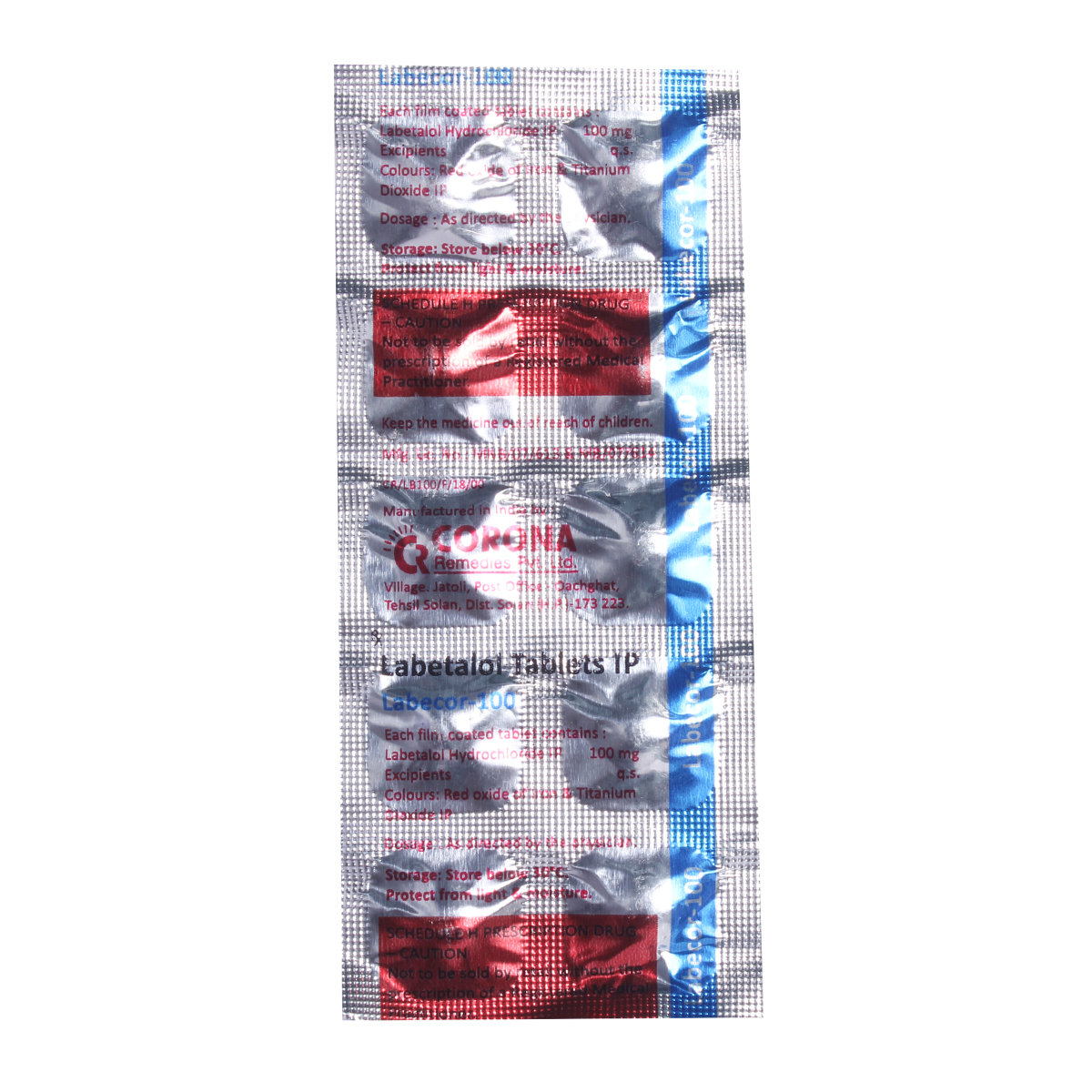

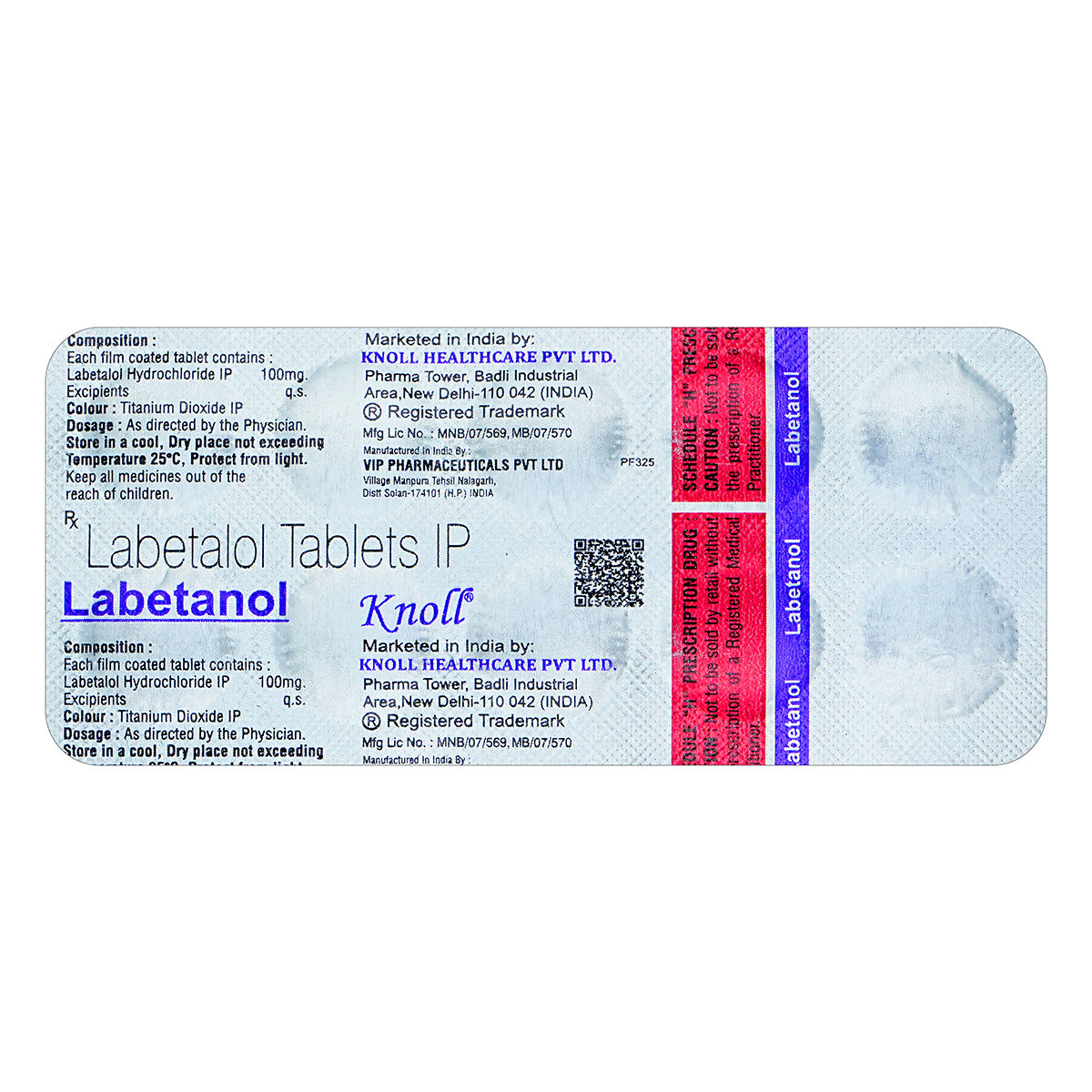
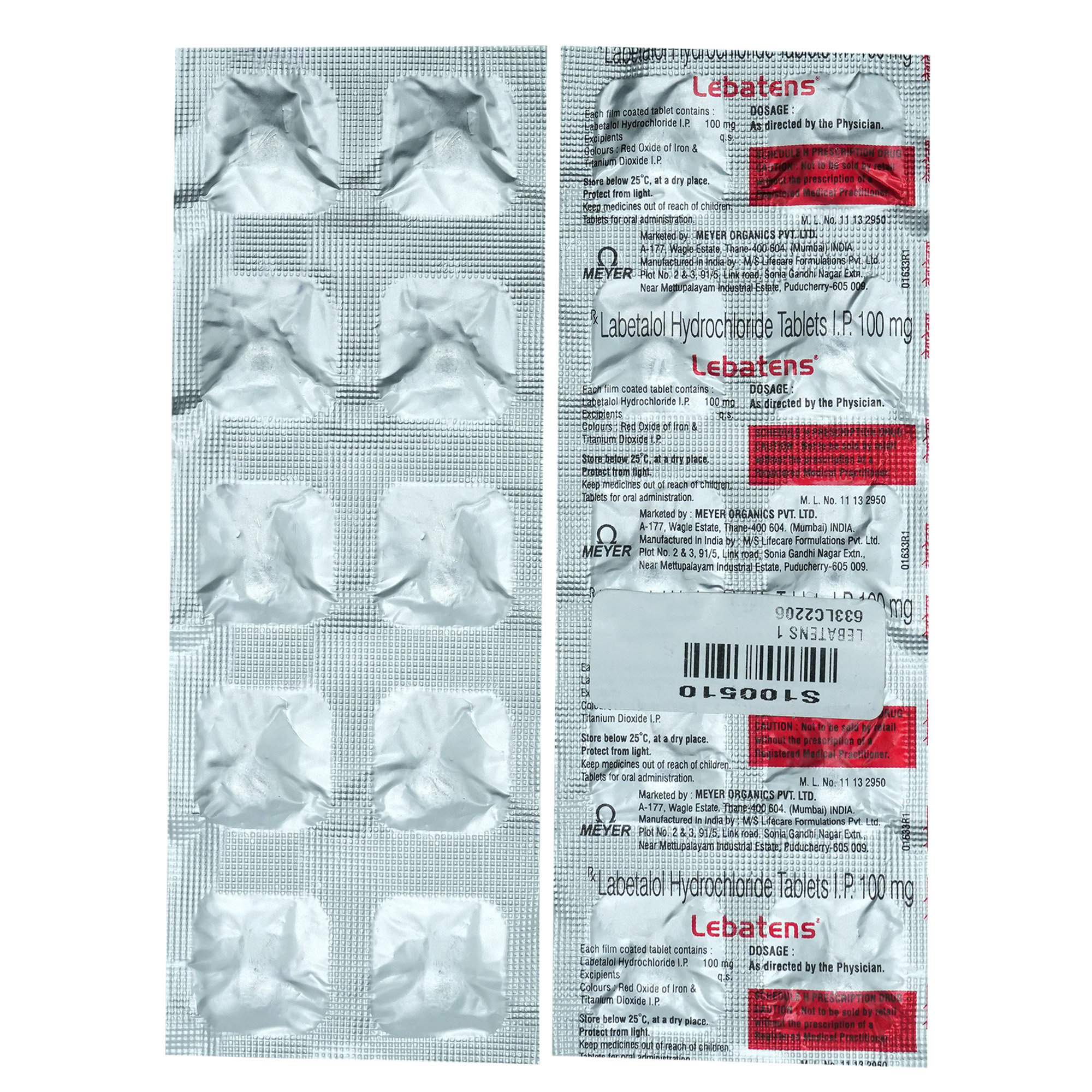

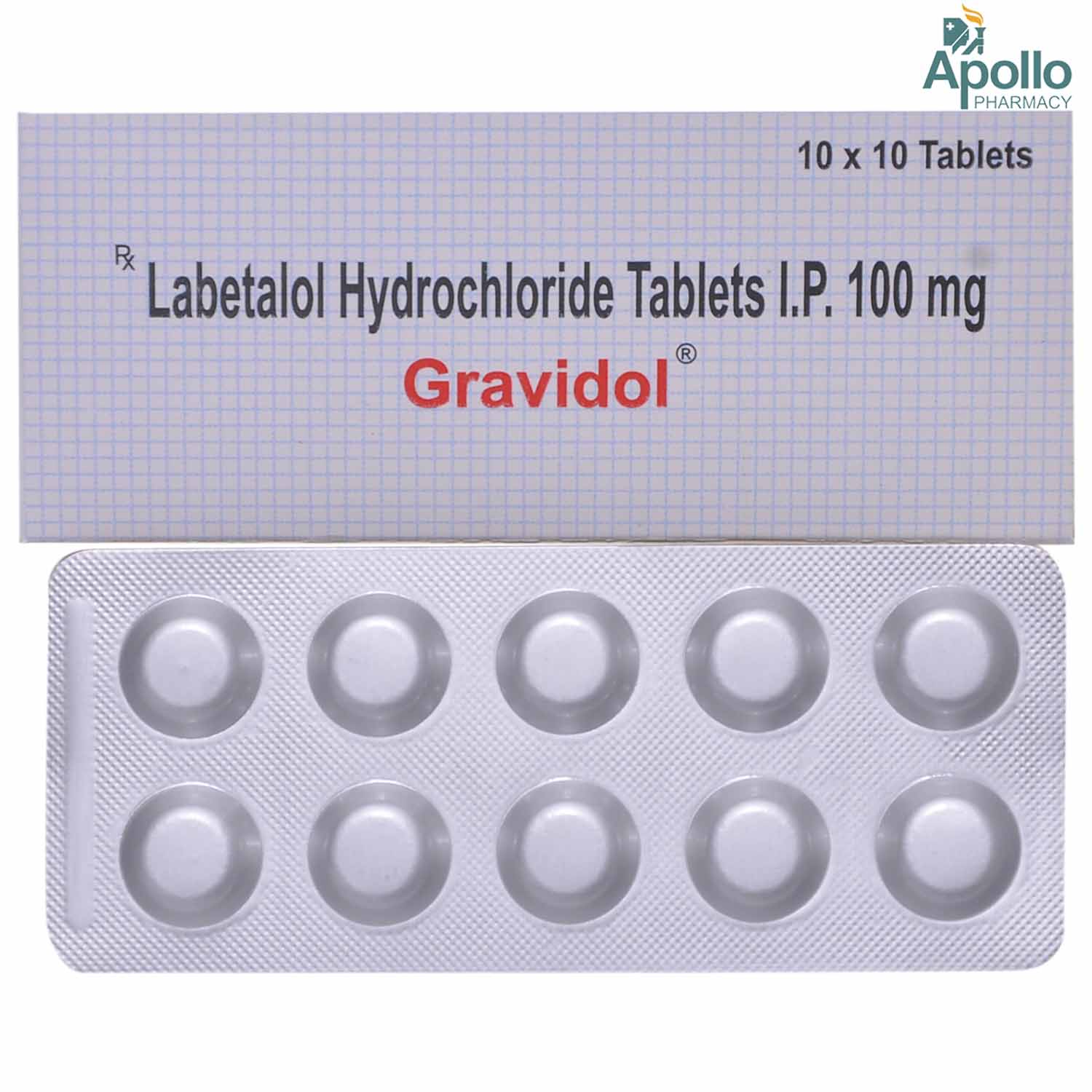

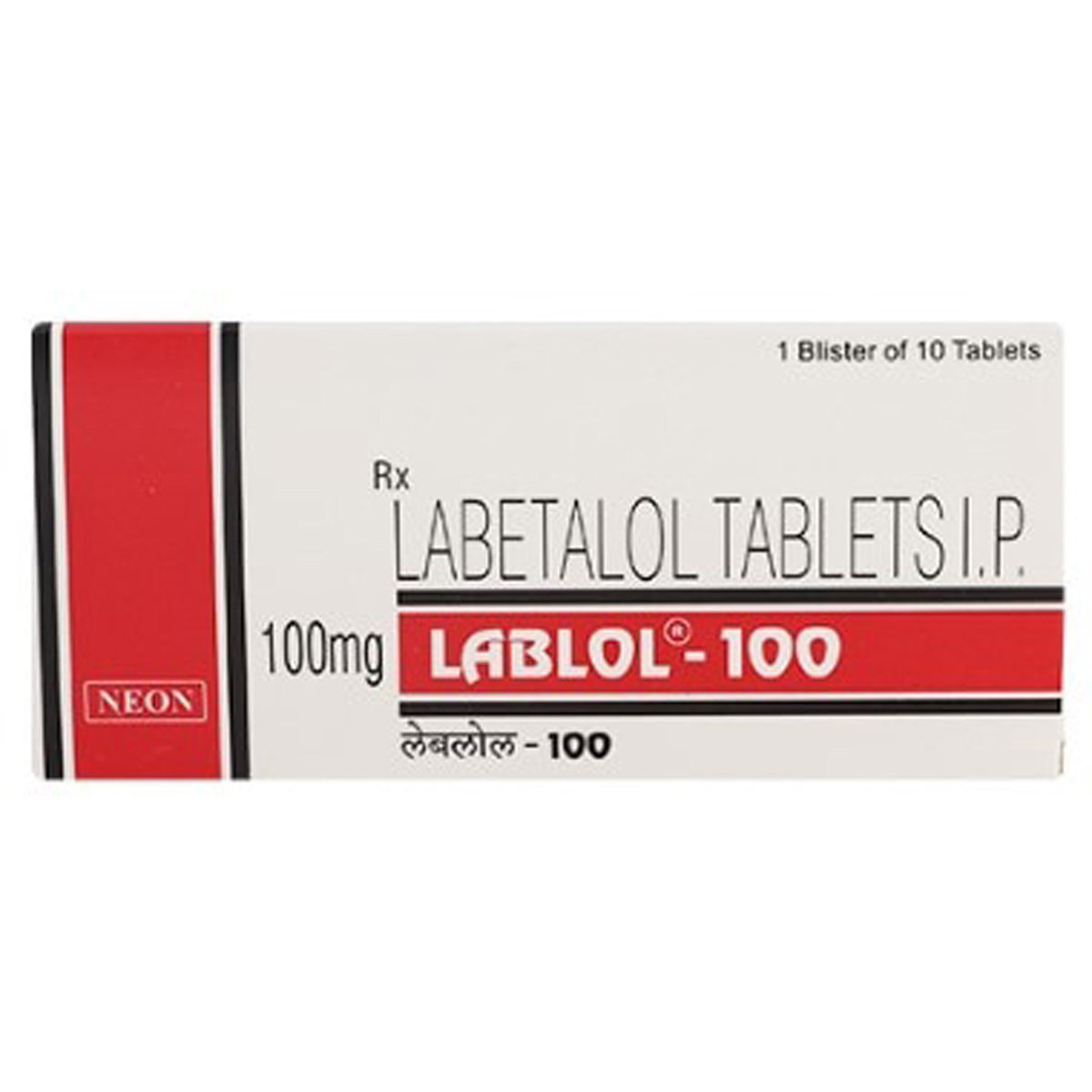

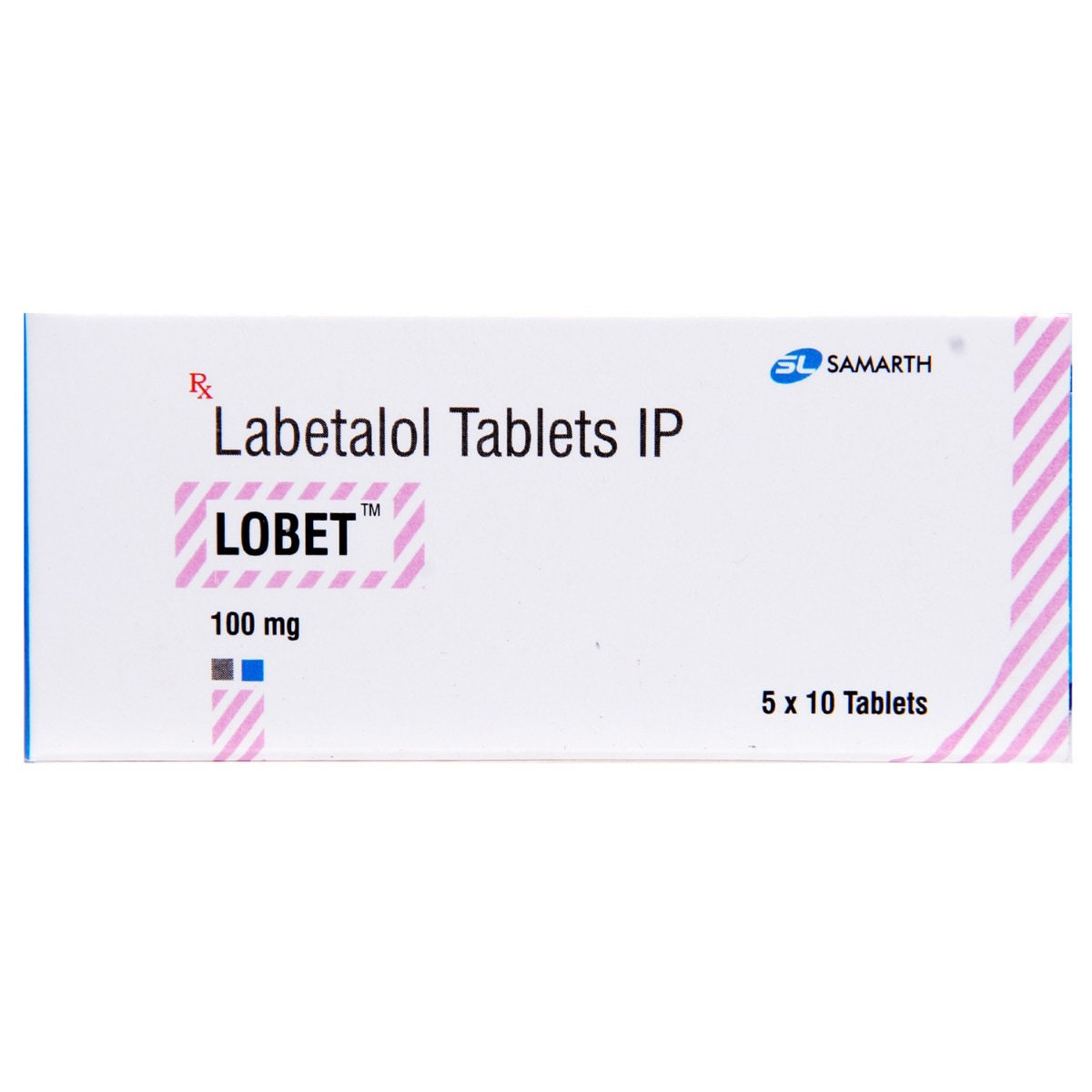

_0.jpg?tr=q-85)

